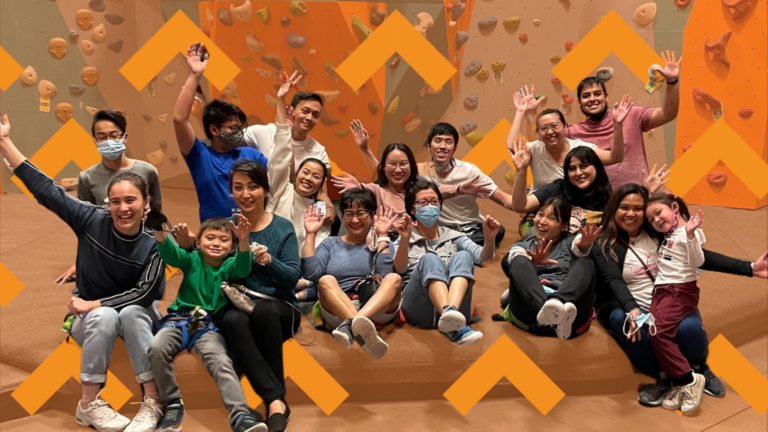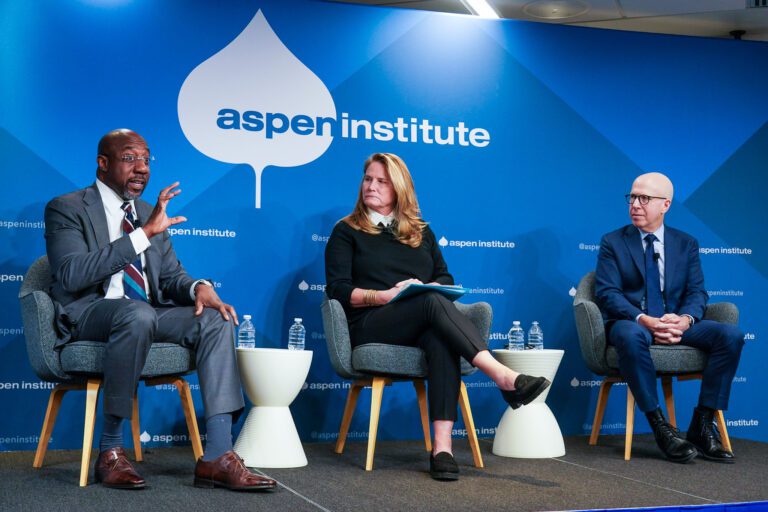Who’s Missing From This Picture? Single Parent Students
As higher education advocates (and morning show devotees), it was reassuring to watch news anchors embrace the “Back to College” cycle in recent weeks, discussing various issues of concern: the myriad of potentially distracting course offerings and extracurricular activities, the question of what a degree will be worth, and the cost of college. The estimated 3.2 million students who entered college for the first time this fall have much to be excited about, but also face considerable uncertainty.
Entirely absent from the media conversation, though, is any consideration of the estimated 3.5 million students who are also single parents and who themselves are preparing to begin or continue their higher education.
These post-traditional learrners now make up 15.2 percent of the undergraduate population, and their numbers are growing. ACE defines post-traditional students as those who do not enter college immediately following completion of high school or high school equivalency. A significant portion of these students include single-parent students.

SOURCE: U.S. Department of Education, National Center for Education Statistics, 1995-96, 1999-2000, 2003-04, 2007-08, and 2011-12 National Student aid Study (NPSAS).
Not only does the mainstream media overlook single-parent students, but very little research has focused on this population, leaving many questions about their lives. To begin to fill this gap, the ACE Center for Policy Research and Strategy (CPRS) has recently completed an analysis of single parents in higher education in the 2011-12 academic year. A small sampling of the results (click to enlarge):

Generally, we know that undergraduate students with children must balance family and work responsibilities, a concern that “traditional” students do not face. These responsibilities include identifying child-care options and, at times, securing financial subsidies outside of higher education to support their families. But even more questions abound, like whether and how they enter and persist through postsecondary education and how they pay for college (which CPRS is exploring).
We have a national goal of increasing the proportion of Americans with college and university credentials. To do this, the current policy landscape needs a better understanding and support of all students. As 15 percent of the student body, single parent students represent a significant segment of the undergraduate population whose academic success can move the United States closer to that goal.
So what are higher education institutions doing to make this happen?
Putting It Into Practice
Ascend at the Aspen Institute works to identify and elevate proven interventions and promising practices that support student-parents in their academic pursuits and on their journey as parents—a two-generation approach. A growing number of innovative leaders and institutions are reimagining higher education’s role in addressing both of these paths and their intersecting needs. Quality child care and early education, stabilizing public benefits, supportive peer networks, and opportunities for flexible academic schedules are just some of the needs addressed by institutes of higher education across the country.
Ascend Network partners are leading examples of organizations doing this work:
- Partnerships and collaboration are central to most strategies supporting student-parents. Miami Dade College, which enrolls more than 170,ooo students, has developed a unique partnership with the county human services agency to help increase the use of available public benefits. Building on their successfully integrated Single Stop site, Miami Dade College student support extends beyond the classroom to reach families through child care subsidies, access to healthy food (SNAP) and earned income tax credits (EITC). By improving access to much-needed resources and providing coordinated, supportive case management, Miami Dade College seeks to increase retention and completion among its student population, particularly those vulnerable to the financial strains of parenthood.
- On the west coast, Los Angeles Valley College (LAVC) has built the first and only family resource center (FRC) on a community college campus in California. An award-winning public-private partnership model, the LAVC-FRC provides a range of support services that extends beyond early childhood education and includes opportunities to build parenting skills. Through increasingly popular playgroups, LAVC-FRC helps boost the social and cognitive skills of children and simultaneously build parent networks that serve as support systems for students, who often face a host of non-classroom challenges.
- Student-parent schedules are very different from those of traditional college students. Consider the need to balance work responsibilities, the K-12 system, and other family obligations all while navigating a college schedule. This is the challenge Hostos Community College aimed to address when creating their two-generation summer program to tackle the gap in financial aid available to student-parents, increase credit attainment, and decrease the learning loss experienced by their children during the summer months.
The examples above are just a sampling of pioneering strategies that support success in higher education—and most importantly—success for American families. Higher education leaders around the country, like members of the Higher Education Alliance of Advocates for Students with Children, have demonstrated commitment to this broader vision of success.
As the profile of students in higher education evolves, the policies that support them must do so as well, and our research—like the work of ACE’s Center Policy Research and Strategy—must continue to capture their needs. In the words of one Aspen Institute Ascend fellow, “you cannot fix what you cannot see.” The growing population of student-parents across the United States is a visible constituency of higher education—for now, and for the foreseeable future.
Related Posts



